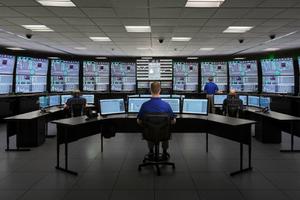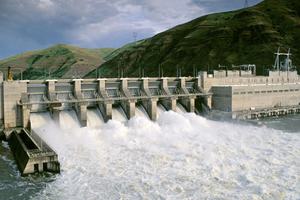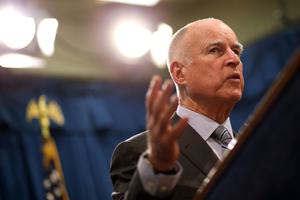In Solutions
Energy
-
Exploring How and Why Trees ‘Talk’ to Each Other
Ecologist Suzanne Simard has shown how trees use a network of soil fungi to communicate their needs and aid neighboring plants. Now she’s warning that threats like clear-cutting and climate change could disrupt these critical networks.



















